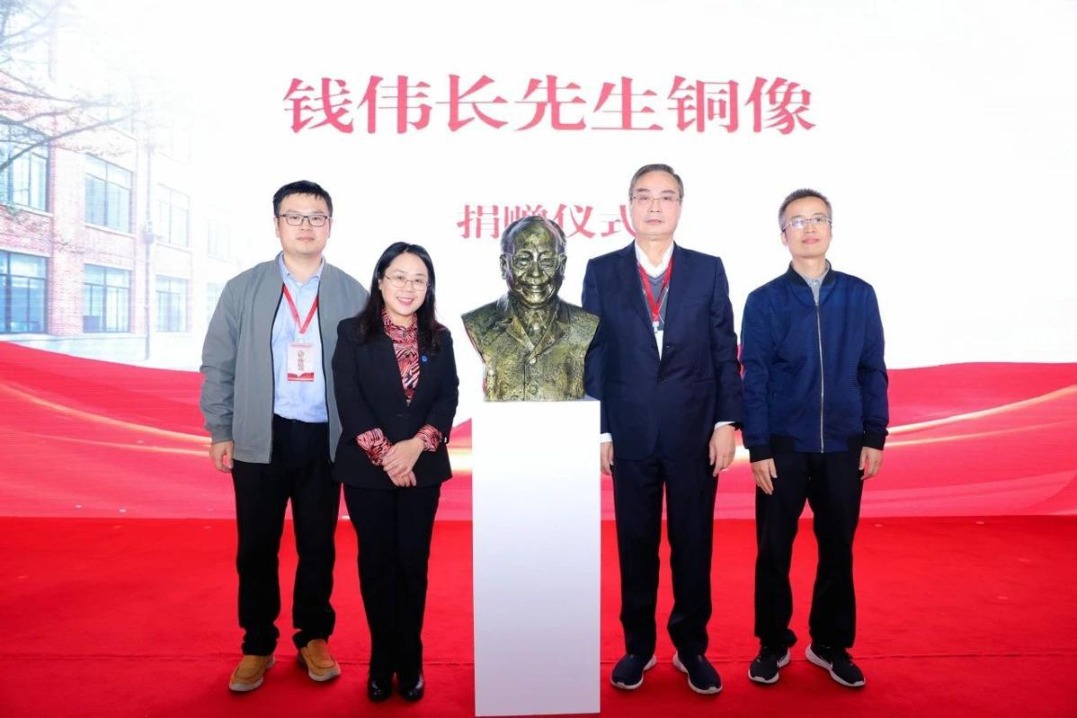Chinese researchers make breakthrough in precision management for thyroid cancer

BEIJING -- Chinese researchers have made progress in localizing medullary thyroid carcinoma, a form of thyroid cancer that poses challenges in identifying metastatic lesions.
This breakthrough is based on a new imaging technique utilizing a novel class of radiopharmaceutical, known as covalent targeted radioligand. This approach addresses one of the major challenges in treating MTC: precisely locating metastatic lesions, which is essential for accurate diagnosis and effective treatment, according to researchers.
The development of this innovative imaging method was a collaborative effort between Liu Shaoyan's team from the Cancer Hospital of the Chinese Academy of Medical Sciences and Liu Zhibo's team from Peking University and Changping Laboratory, along with their collaborators. Their study was published online in Cancer Discovery, a leading journal of the American Association for Cancer Research, in late October.
Liu Shaoyan, the director of the Department of Head and Neck Surgery at the Cancer Hospital, emphasized that existing imaging techniques often fail to locate metastatic lesions accurately. "Surgery is a primary curative option for MTC. A precise imaging method is crucial to assist surgeons in accurately determining the extent of the surgical procedure," he stated.
The new approach allows for selective targeting of tumor cells, enabling higher amounts and longer duration of the radioactive agents to remain in the tumor. This provides better imaging contrast, clearer tumor identification and more precise treatment planning, as explained by Kong Ziren, a member of Liu's team and the co-first author of the paper.
Looking ahead, Liu noted that as this imaging approach continues to evolve and expand its applications, CTR has the potential to become a valuable diagnostic tool not only for MTC but also for various other cancers.
- Chinese researchers make breakthrough in precision management for thyroid cancer
- Xi offers sympathy to Spain over deadly floods
- Lives of ethnic groups change for the better
- Chinese premier stresses strengthening vocational education, nurturing skilled workers
- All Shenzhou XVIII astronauts out of return capsule
- Space station crew complete mission and return to earth





































